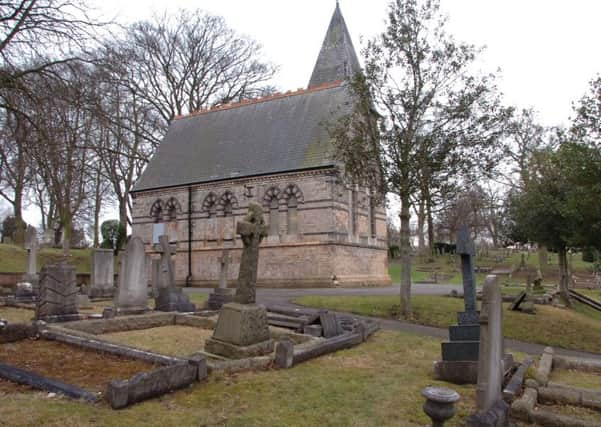Gainsborough cemetery grave to be exhumed to allow widow to be reunited with husband


For the wish of Maureen Hayward to be fulfilled her father’s ashes will have to be exhumed from the grave to enable her to be buried there.
Normal Church of England policy is that a last resting place is just that and only in exceptional circumstances will permission be granted for an exhumation.
Advertisement
Hide AdAdvertisement
Hide AdHowever, in this case Mark Bishop, the chancellor of the Diocese of Lincoln, has softened his heart to the plea of Mrs Hayward’s son Mark for his parents to be re-united in death in the way his mother had wished.
In his role as a judge of the Church of England’s Consistory Court which has to approve such matters he has given the go-ahead for the exhumation despite normal church policy against it.
Mrs Hayward’s husband George was buried in the triple depth grave in Gainsborough General Cemetery in 1976. The cremated remains of Mrs Hayward’s father, Robert Somers, were buried in the same grave in 1999 but only two feet deep.
This meant that the only way Mrs Hayward’s wish to be close to her husband in death could be fulfilled would be for her father’s ashes to be exhumed to pave the way for her coffin to be buried in the grave.
Advertisement
Hide AdAdvertisement
Hide AdNow, despite the church’s strict rules on exhumation, Chancellor Bishop has given the go-ahead for this to happen and for Mr Somers’ ashes to then be re-buried there.
In his decision he said : “The presumption is that burial of human remains in consecrated ground is permanent.”
He continued : “The principle of permanence can only be departed from if there are special circumstances which justify an exception to the principle that Mr Somers was laid to rest in 1999 and his remains should not now be disturbed.”
However, he said that despite these principles in this case he felt the circumstances were sufficiently exceptional for him to grant permission for exhumation, the burial of Mrs Hayward in the grave and then the re-burial of the ashes.
Advertisement
Hide AdAdvertisement
Hide Ad“The person who was responsible for the position of the cremated remains of Mr Somers plainly made an error in placing them where he did,” he said, adding that they were “placed too high and insufficiently close to the head end of the grave.”
This, he said defeated the purpose of the triple depth grave by preventing the burial of Mrs Hayward above her husband.
Given the circumstances he said : “I am entirely satisfied that faculty (permission) can be granted in this case.”